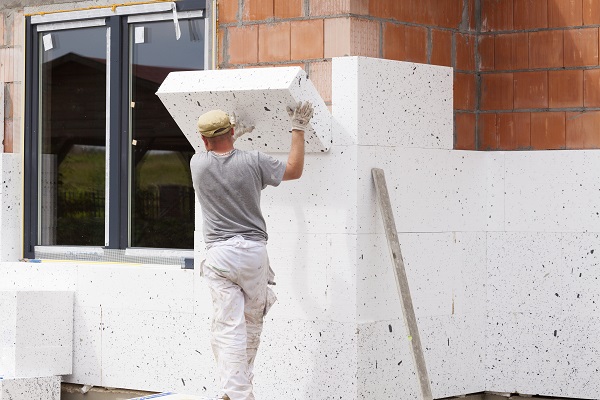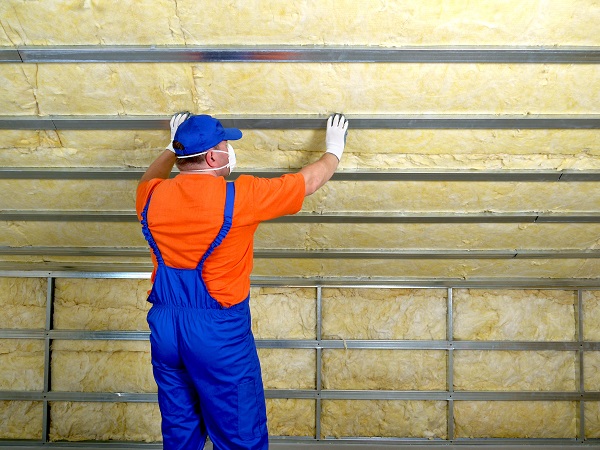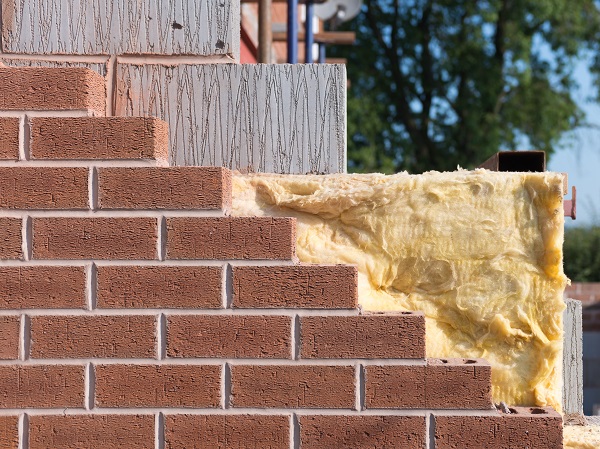Choosing the right insulation for your property is essential, whether it’s a new build, a self build or a property you’re renovating, the efficiency of your property should be one of your primary concerns. Choosing the right insulation is not only good for the environment it can save you lots of money on your heating bills. All new homes must meet a certain criteria when it comes to thermal performance, something you need to be aware of when building a new build.
If you are working with any builders or architects on your project they will already have their preferred methods of insulation, but as a client it is beneficial to the know what is available and the pros and cons of each method. We have put together a useful guide to help you understand more about insulation and the types of insulation available.
External Wall Insulation

External wall insulation involves adding insulation boards or wall coatings to the external walls of the building.
Pros
- Reduces heat loss and energy bills
- Reduces draughts
- Does not disrupt the internal part of the building
- Improves weatherproofing and sound resistance
- Reduces condensation on internal walls
Cons
- Cost - external wall insulation is expensive and can typically cost around £100/m²
- Changes to the appearance of the building which may be a issue if your home is semi-detached, terraced property or in a conservation area.
- Often prevents the building fabric from breathing via the external face.
Internal Wall Insulation

Internal wall insulation involves attaching insulation to the interior walls of the property, although only walls that are in contact with the outside air need to be insulated. For example, a mid terrace property; there is no need to insulate the walls between two properties.
Pros
- Reduces heat loss and energy bills
- Relatively easy to do and can be done one room at a time to minimise disruption.
- Does not impact the external appearance of the property, so you do not require planning permission.
- Perfect for properties that are listed in a conservation area.
- Offers a thermal insulation solution where cavities cannot be filled.
Cons
- Reduction in room size
- Disruptive and inconvenient, especially in bathrooms and kitchens, pipes will need to be re-routed.
- Risk of interstitial condensation which can cause rotting of concealed timbers built into the structure.
Cavity Wall Insulation

Cavity wall insulation is defined as the injection of an insulating material (usually recycled cardboard, rockwool or polystyrene balls) which fill the cavity (the space between the inner and outer walls) of a house and provide a thermal barrier.
Pros
- Reduces heat loss and energy bills
- Cheaper than both internal and external wall insulation
- Maintains existing wall thickness
- Minimal disruption to install
- Can reduce condensation
Cons
- The amount of insulation is restricted by the width of the wall cavity.
- Parts of the UK are unsuitable for cavity wall insulation due to weather exposure
- Thermal bridging problems
- Cannot be used in solid-walled properties as the walls do not have cavities
To view our range of high quality cavity wall insulation please click here.
Here at JT Atkinson & Sons we provide a vast range of insulation to suit your insulation needs and property, whether you know what you’re looking for or you’re needing a helping hand one of our expertly trained members of staff at any of our branches across the North will be more than happy to help.
